IBM Facilitation at Scale
A program where IBMers learn how to lead cross-disciplinary teams to user-centered outcomes using Enterprise Design Thinking (EDT) methods.
Facilitator Activation (FAct) includes: Intro 101 & Adv 201
WHAT DOES FAct LOOK LIKE?
![]()
![]()
![]()
WHY FAct AT IBM?
Design Thinking is the scientific method of the 21st century — a way to hypothesize, test and develop products & services. After rolling out it’s own design thinking practice, IBM Design needed a way to increase the speed and quality of how cross-disciplinary team’s arrived on user outcomes — together.
CHALLENGES WE ENCOUNTERED:
PROBLEM TO SOLVE:
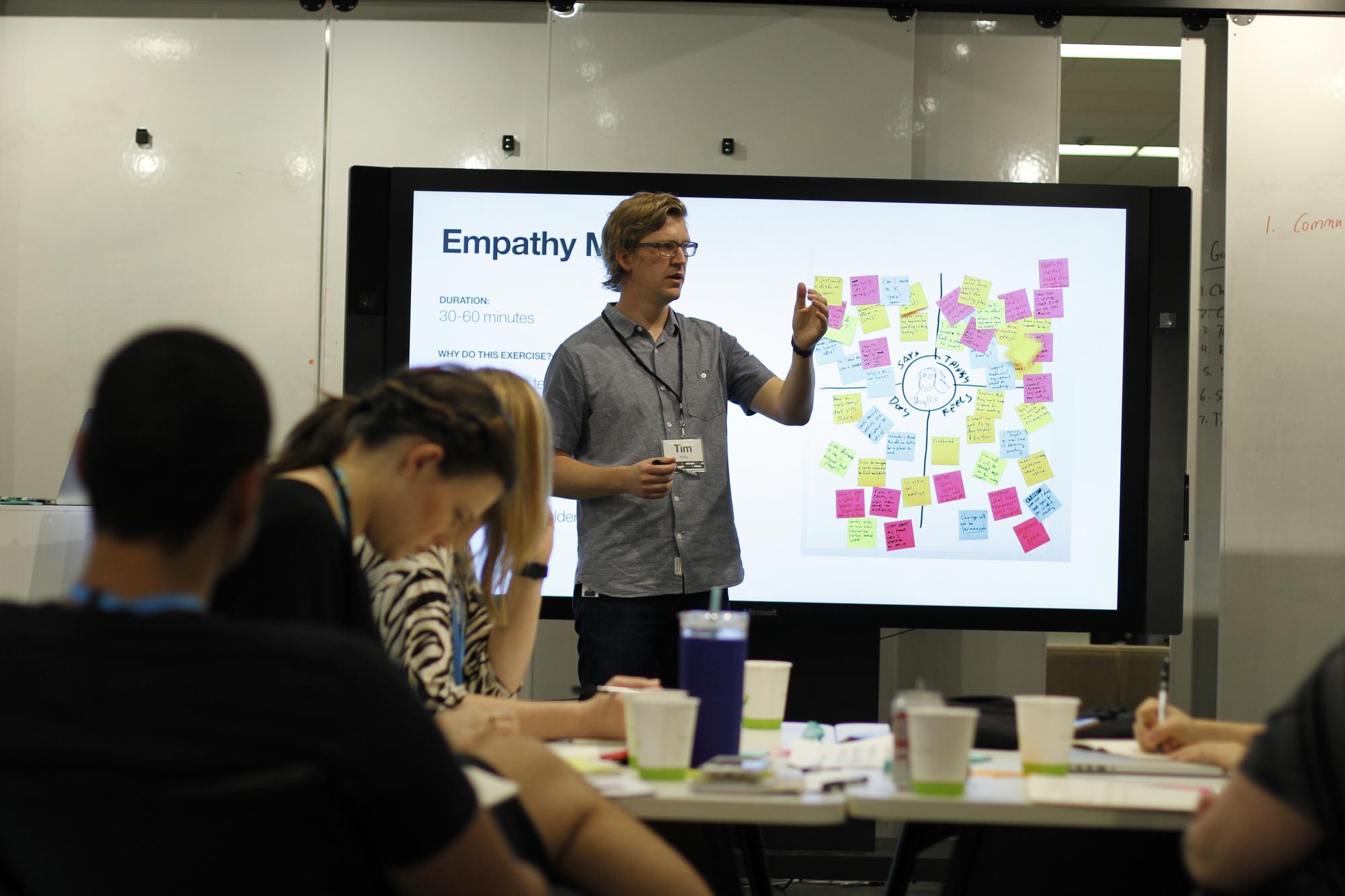


WHY FAct AT IBM?
Design Thinking is the scientific method of the 21st century — a way to hypothesize, test and develop products & services. After rolling out it’s own design thinking practice, IBM Design needed a way to increase the speed and quality of how cross-disciplinary team’s arrived on user outcomes — together.
CHALLENGES WE ENCOUNTERED:
- EDT struggled with business unit adoption without facilitators to guide it’s application
- Scaling “magic people” (catalysts who move their team forward through EDT)
- Fighting a culture of design thinking = a workshop
PROBLEM TO SOLVE:
How might we ... drive deeper adoption & application of EDT inside IBM by empowering its ‘magic people’?
MY PROCESS:
Evangelize Program ︎ Lead Program ︎ Scale Program
⭐️ Evangelize Program
The discipline of facilitation began to take root 1-year after EDT had it’s initial release.
At the same time IBM Design moved from a centralized org model to a decentralized, with teams implimenting EDT several ways.
FAct enabled practitioners a way to skill-up in leading teams to user-centered outcomes without being perscriptive.
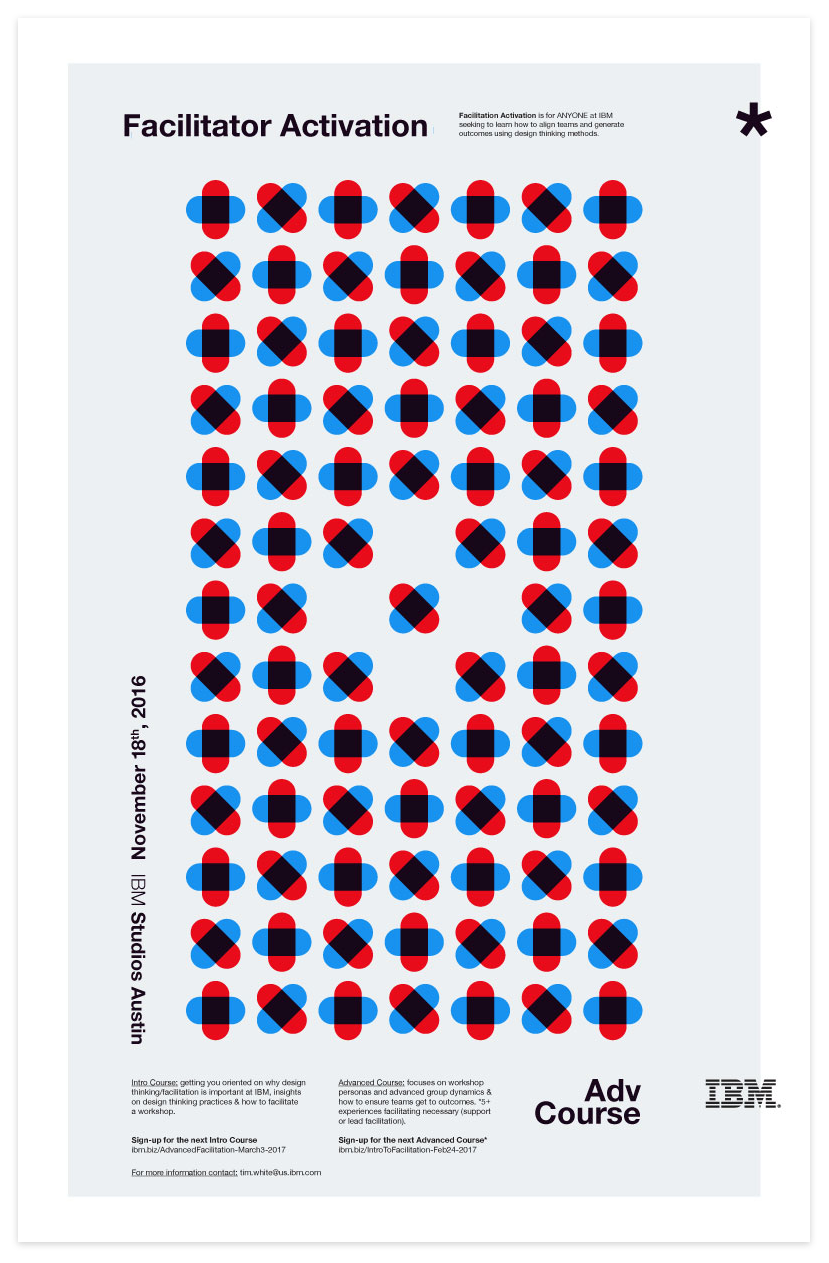

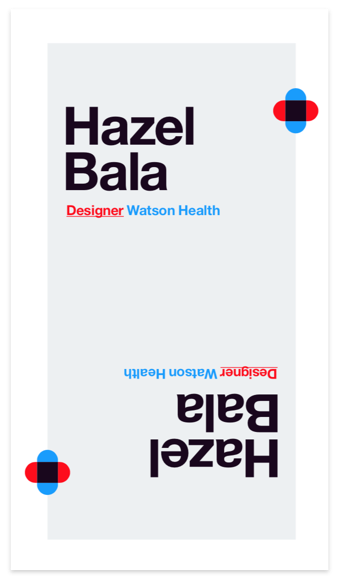
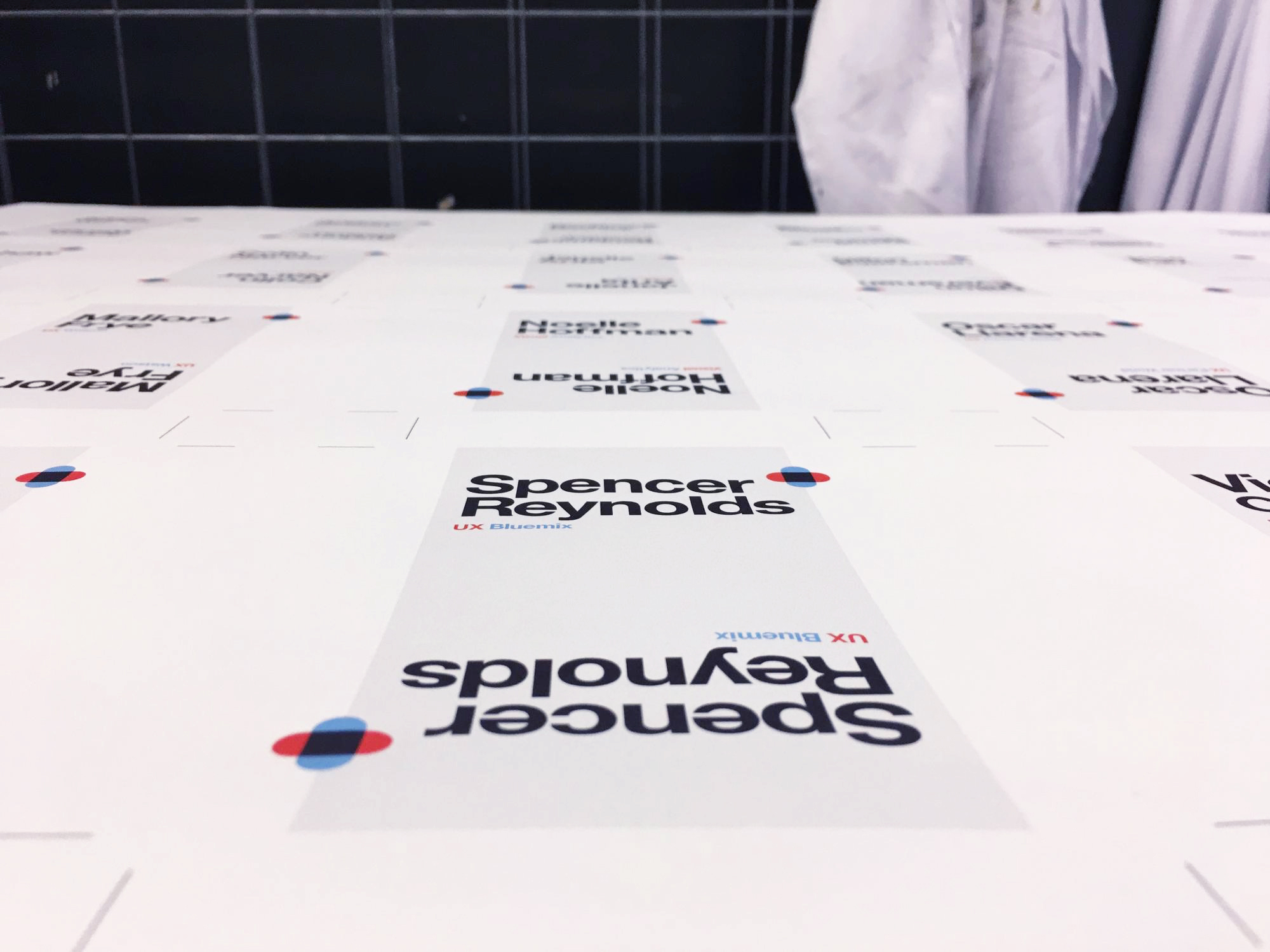
Problems existing today, are too large for one individual to solve.
- Phil Gilbert, GM, IBM Design



Design thinking & facilitation field guides
👨🏼🚀 Lead Facilitate
FAct consisted of an: intro course (no experience required) and an adv course (10+ working sessions required).
Intro Course:
- The role and mindsets of the facilitator
- Understanding & framing problems
- Informal vs formal facilitation
- Designing agendas and activities
- Managing group dynamics & personas
- Integrating qual & quant research
- Making the business case for facilitation
- Facilitation anti-patterns
FAct TOPICS INCLUDE:
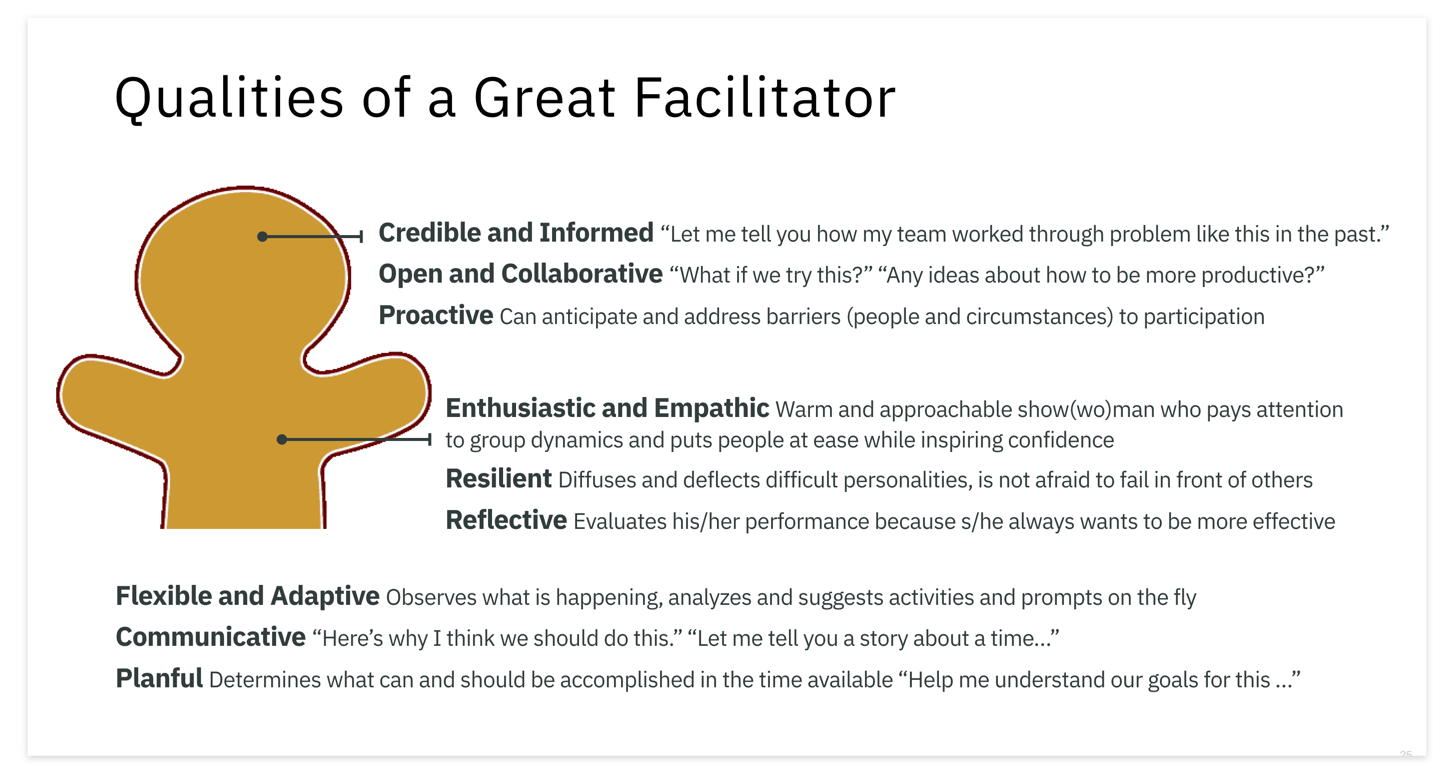
The soft and hard skills of a facilitator

How to frame, re-frame and understand an initial request

How to facilitate informally, day-to-day with teammates

Design thinking ≠ a workshop

Facilitation: 60% understand & plan, 30% deliver, 10% follow-up
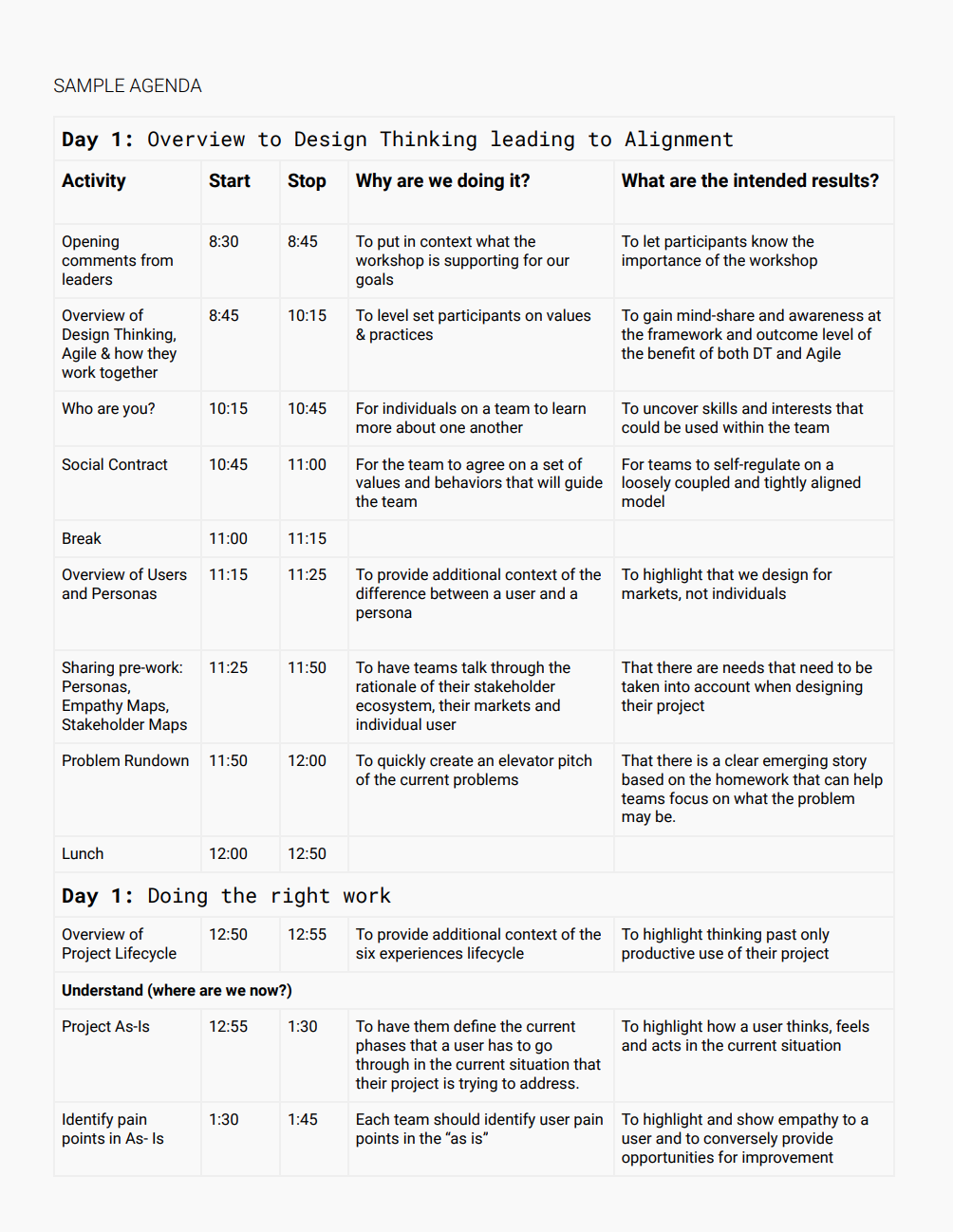
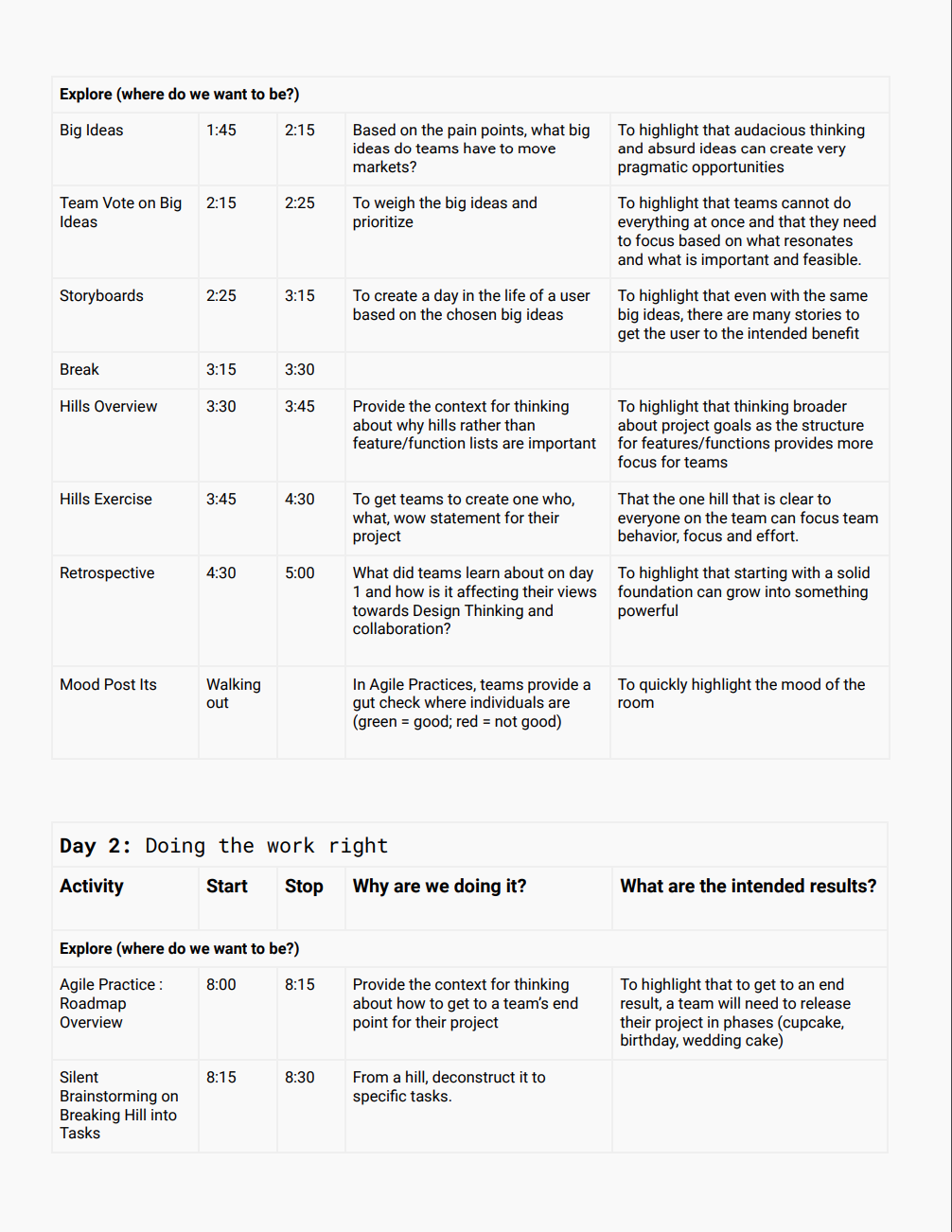

Determining what methods to use, why you are using them and the outcomes you’ll receive is key

Integrating qual/quant data creates a richer working session

How to navigate group dynamics aka the “groan zone” 📕

How and why to summarize session outcomes
🏗 Scale Program
As the program ran consistently in Austin, I began deepening its roots to other areas of the company and broader design community.
1️⃣ In coordination with ‘magic people’ Eric Morrow and Ann Novelli, we scaled FAct to IBM Studios in Raleigh, NC & Poughkeepsie
![]() ✏️: Ann Novelli
✏️: Ann Novelli
2️⃣ I established the Enterprise Design Thinking: Austin Chapter, with the goal of mentoring emering EDT leaders at a local level.
![]()
3️⃣ I designed the curriculum for the national AIGA + IBM Facilitation Partnership that was rolled out to NY, Austin, Miami and Mobile.
![]()
![]()
![]()
![]()
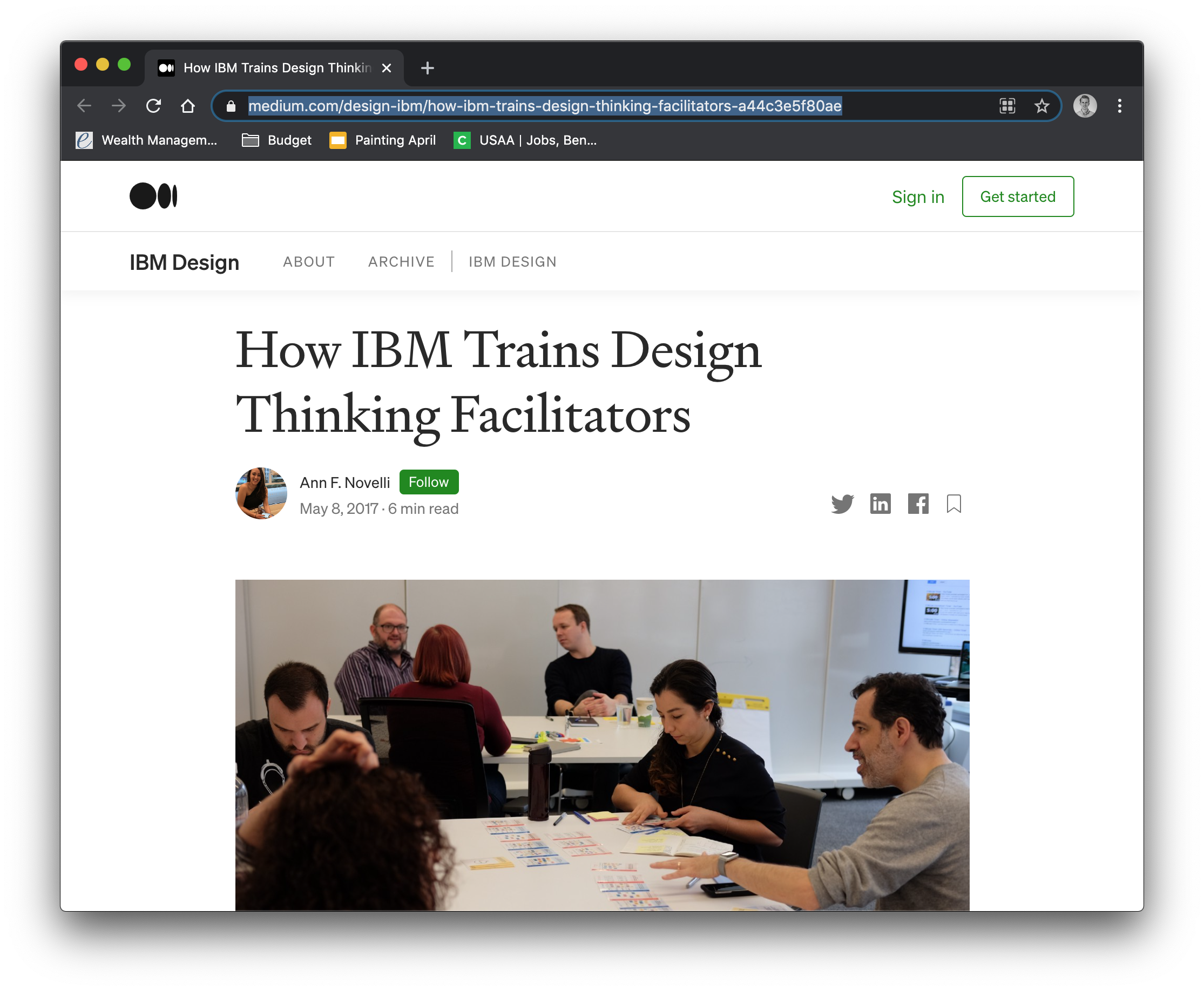 ✏️: Ann Novelli
✏️: Ann Novelli2️⃣ I established the Enterprise Design Thinking: Austin Chapter, with the goal of mentoring emering EDT leaders at a local level.

3️⃣ I designed the curriculum for the national AIGA + IBM Facilitation Partnership that was rolled out to NY, Austin, Miami and Mobile.


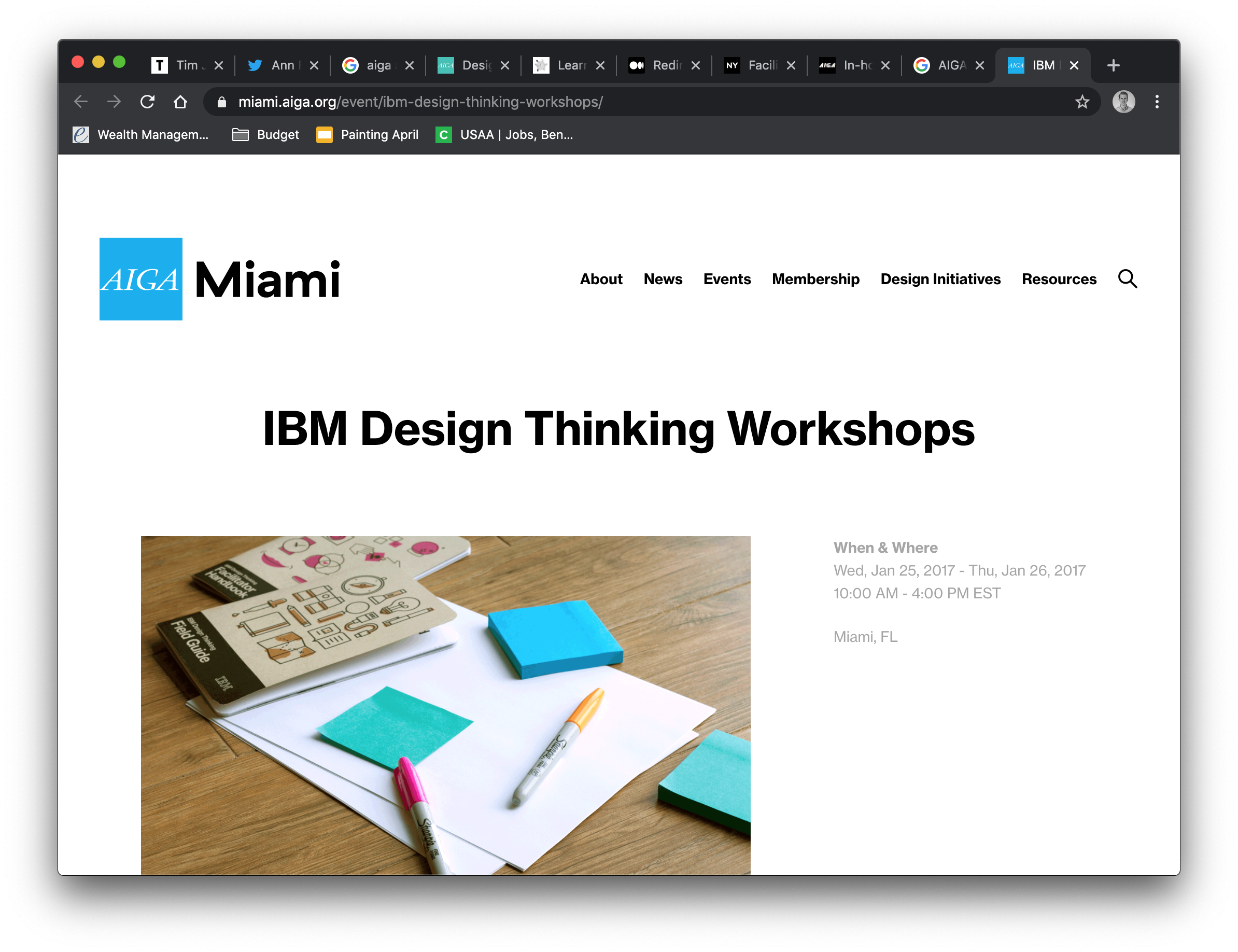

MY ROLE:
I was lead facilitator for the Intro & Adv courses*, in charge of marketing, running and improving the program. I lead 1 of 32 global EDT Chapters.
OUTCOMES:
- I coached 200+ product managers, designers and engineers how to drive strategy in their organization through FAct courses.
- I was lead for the Enterprise Design Thinking: Austin Chapter, mentoring 20 emerging facilitators.
- I developed the curricullum for national AIGA + IBM facilitation partnership with over 150+ participants.
KEY LEARNINGS:
- Facilitation is its own disciple. Without it, product teams wouldn’t get to alignment on their own.
- Integrating qual/quant data into sessions (ex: business, customer and market problem) is a game changer for session velocity.
- A facilitators pre-work includes a clearly stated rationale, business case, or reason why your teammates need to dedicate X hours to work on said problem.
*Original curriculum designed by the talented Joran Shade & Erin Hauber.